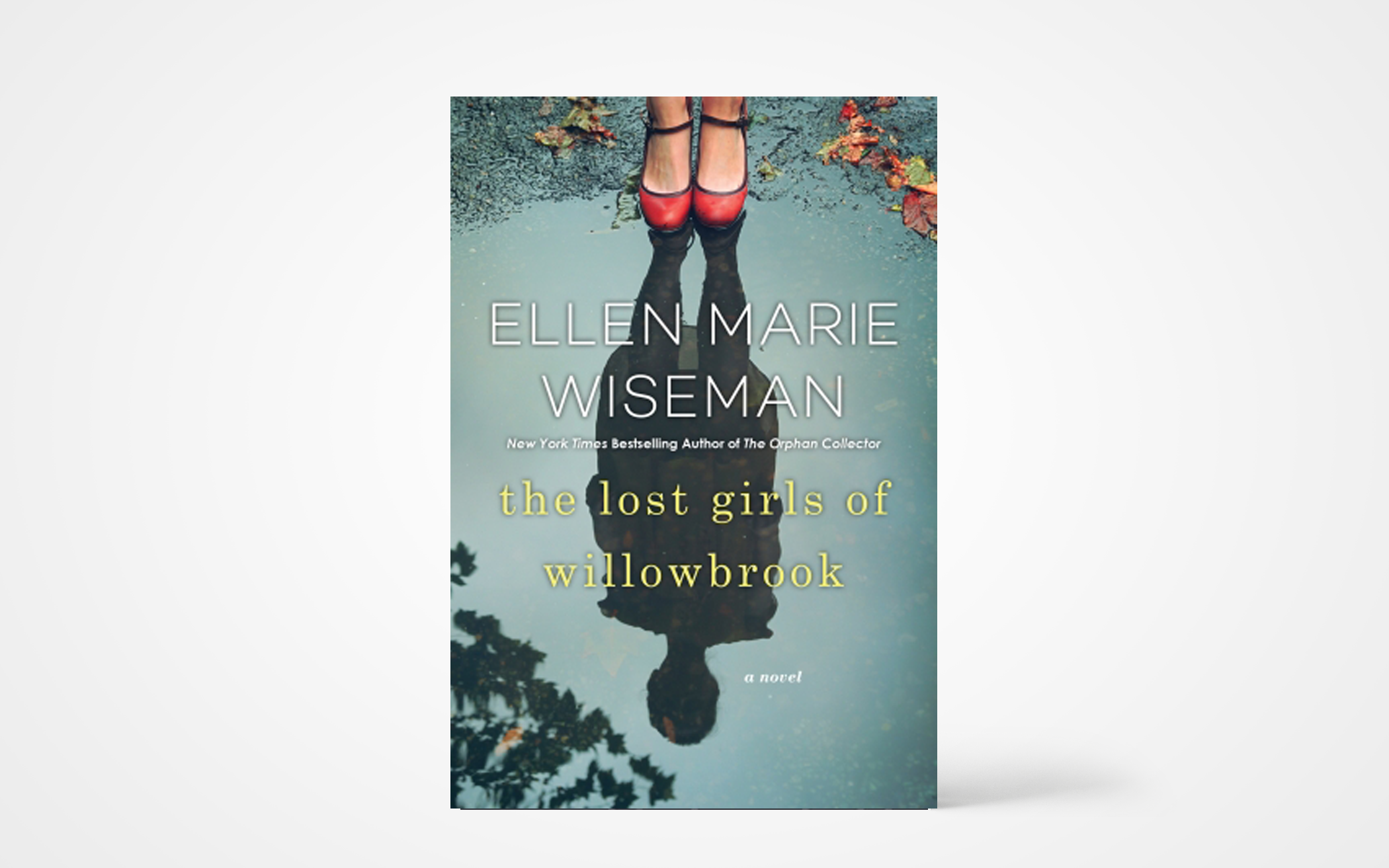In 1971 on Staten Island, 16-year-old Sage Winters learns the shocking news from her stepfather that Rosemary, her twin sister whom she was told had died of pneumonia at Willowbrook State School, is still alive but now missing. Sage knows it’s no surprise that so many kids go missing on Staten Island since historically the location was considered New York City’s dumping ground for unwanted people. In fact, when Sage had told her friends the shocking news about Rosemary, her friends had reminded her that “people still search the woods for the remains of lost children.”
When Sage arrives at Willowbrook, she asks to join the search party for Rosemary. The receptionist and a doctor mistake Sage for her twin, and she is imprisoned in the institution, catapulted into horrors reminiscent of the Nazi concentration camp images she had seen in history books: “A black terror grew inside Sage’s chest, choking her, closing her throat. The rumors were true. This was no school. It was a nightmare, a dumping ground for the broken and insane and unwanted.”
Resolute and courageous, Sage does all she can to survive, even as each nightmarish day and seemingly eternal hellish night plays over and over in her mind “like a horror movie on a continuous loop.” One goal motivates Sage—find Rosemary and get her out of Willowbrook’s “confined, gruesome world.”
Author Ellen Marie Wiseman’s suspenseful, heart-pounding narrative fueled by an immense passion for social justice and extensive research make Sage’s story of endurance and transformation more than an account of a teen who feels like a “grieving, unloved girl.” The Lost Girls of Willowbrook, though fictional, is based on the real-life Willowbrook State School, opened in 1947 and finally shut down in 1987 after a huge public outcry against the atrocities committed there. In notes, Wiseman relates some of Willowbrook’s history: “Far from being a school, it was overcrowded, underfunded, and understaffed to such a degree that, at times, residents were forced to take on the role of caretaker for other residents. … The conditions were abysmal for both residents and workers. Along with rundown facilities, there was disease, violence, theft, drug and alcohol use, and other forms of crime. … Many who came to Willowbrook lived a short, brutal existence. They died because of neglect, violence, lack of nutrition, and medical mismanagement or experimentation.”
A very difficult and challenging, yet necessary read, The Lost Girls of Willowbrook is an impassioned call to seek justice for vulnerable people in society and to do what one can to improve their lives. (Kensington)
About the Author
Sonya VanderVeen Feddema is a freelance writer and a member of Covenant CRC in St. Catharines, Ontario.

